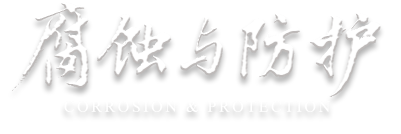Abstract:
In recent years, a large number of gilded copper and bronze wares have been excavated from Wushan District in Chongqing, which already become the most famous antiquities in Wushan Museum. Unfortunately, these gilded antiquities were excavated with a thick coating layer of patina to influence their appearance and protective treatments. With the help of various analytical methods such as optical microscopy (OM), scanning electron microscopy (SEM), laser confocal scanning microscopy (LCSM), and X-ray diffraction (XRD), two specimen fragments of gilded bronze were researched on their metallographic and corrosion characteristics. The results show that the metallographic images exhibited the presence of annealing twins and equiaxed crystals corresponding to the hot forging technology to enhance their mechanical strength and corrosion resistance. The rust layer had a sandwich structure feature, with a brick red chalcopyrite rust layer below the gilded layer and a green malachite rust layer covering above the gilded layer. More importantly, the wildly distribution of cuprite rust in the gilded layers acted as anchoring role to enhance their adhesion force.

 下载:
下载: